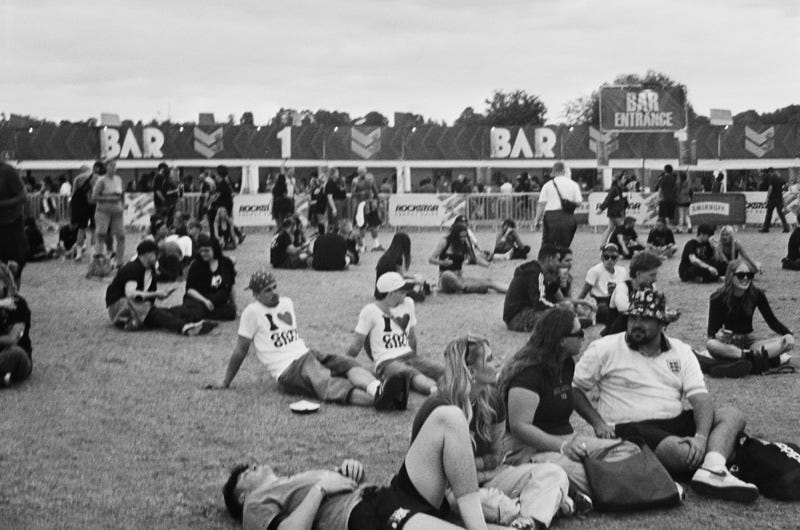Reading Festival and its architecture of adolescence
Alex Hoban tracks the evolution of a festival where youthfulness is a renewable resource, not a demographic
Reading Festival has always been a rite of passage for British teenagers, which is to say, a place where young people are given a space to calibrate how little sleep, poor diet and questionable personal hygiene they can sustain over a long weekend without enduring permanent medical consequences. So why am I, a middle-aged man way outside the target demographic, getting crushed in a cattle gate to reach the front of the Bring Me The Horizon mosh pit?
Well, because I love music festivals beyond sense or reason. This year, 25 years after my first Reading, Berkshire’s cauldron of youth called out to me, saying age discrimination is whack and I should lean in once again. Despite its lack of clear iconography or even a consistent organising principle, I found myself wondering how this shapeshifting annual gathering I grew up with has managed to etch itself into the memory of every generation who’s ever attended, and still somehow hold its place near the top of Brit…


